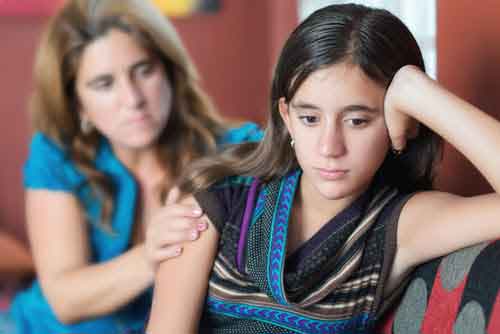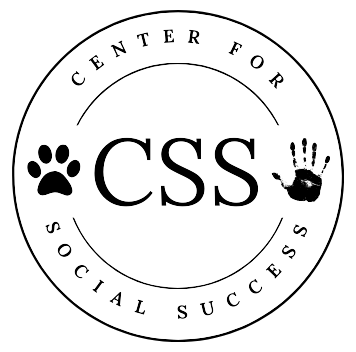
From the Desk Of: Mattie Crownover, LMSW
Dealing With Conflict
All of us will go through conflict at some point in our lives. Teaching children how to handle it in a healthy and productive manner is a great way to set them up for success! When managed in a healthy way, conflict can create an opportunity for a growth in relationships.
Here are some steps in dealing with conflict:
- Feeling Identification: It is important to help your child learn to identify the feelings that arise during a conflict. When conflict initially occurs, big feelings often come up. It is important to help children identify these feelings, and active listening is a great way to help with this. It is important to let our kids tell us how the experience made them feel and to also validate their feelings. Instantly jumping into problem-solving mode does not allow them to process emotions and problem-solve on their own. The feelings wheel is a great tool to have at home to help name feelings. Labeling and understanding feelings help with emotional regulation.
- Emotional Regulation: Once these emotions are identified, children can begin to work through their emotions. Name to tame is a technique we teach in therapy to assist and encourage emotional regulation. The goal is to understand and de-escalate big feelings before trying to manage the conflict. You can do this by encouraging your child to take a minute, get their mind off the problem for a moment, then take a few big deep belly breaths. Calming down will increase the likelihood they can problem-solve. Problem-solving when emotions are escalated is not the time: this can lead to increased outbursts. It is important to let kids know that it is okay to take time to resolve issues and then let them do it when they feel calm.
- Define the Problem and Perspective Taking: Helping kids pinpoint the problem helps with successful conflict resolution. You can help them identify if this is a recurring problem or the first time the conflict has occurred. If it is recurrent, what are the triggers that usually lead up to this moment, as well as the barriers that are stopping change from occurring? Additionally, it is important to role model and encourage them to practice putting the conflict into perspective. You can do this by asking the child to try to see things from the other person’s perspective, putting context to the situation, and looking beyond the situation. Looking beyond the situation can mean – What does it look like if I don’t resolve this? How will my life look if I don’t repair this relationship? Is this conflict worth ending a whole relationship over?
- Dealing with the Conflict: Once your child has had a chance to work through their feelings, de-escalate, define the problem, and put it in perspective, now is the time to encourage your child to talk to the other individual in the conflict. Encourage your child to use “I” statements to foster open communication without blame and finger-pointing. Children learn effective communication from us, so if the conflict is within the home, this is a great time to role model how to ask clarifying questions and talk about feelings without putting blame on the other person.
Not every conflict will end with effective communication and resolve. But keeping the focus on those things that we can manage and reflecting on what went well and what did not creates an opportunity for growth!
Call for more information or to schedule an appointment at (972)404-3001.
